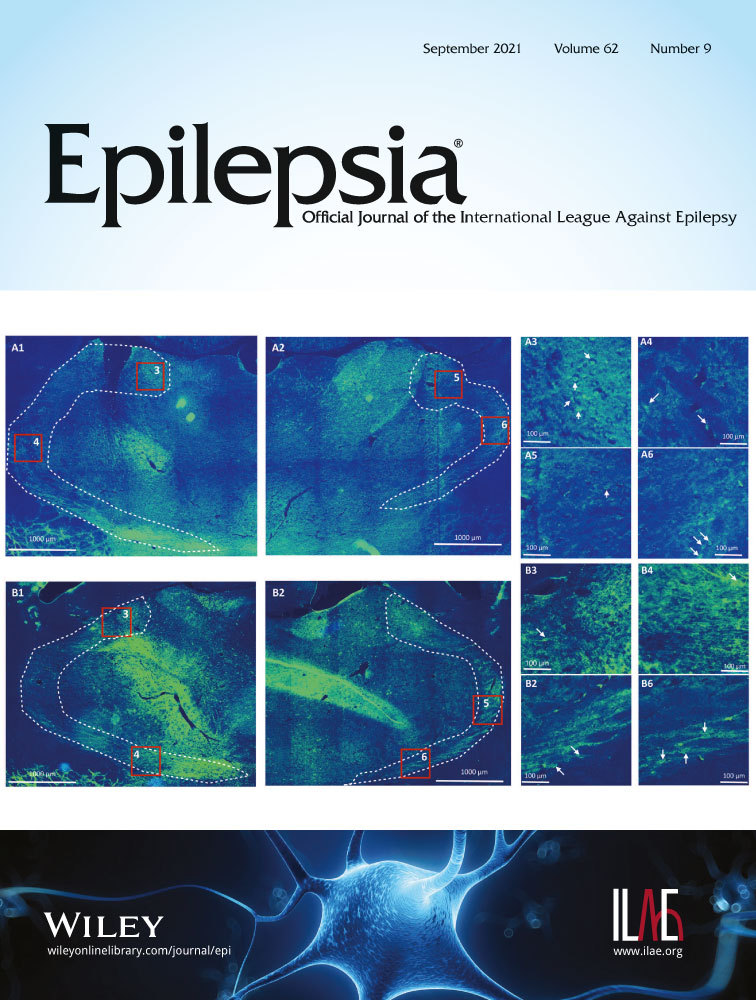Effect of levetiracetam and oxcarbazepine on 4-year fragility fracture risk among prepubertal and pubertal children with epilepsy
Abstract
Objective
The objective of this study was to determine whether two commonly prescribed antiseizure medications (ASMs), levetiracetam (LEV) and oxcarbazepine (OXC), were associated with an increased risk of fragility fracture in children with epilepsy when initiating therapy during a crucial period of bone development, namely, pre- and midpuberty.
Methods
Claims data from January 1, 2009 to December 31, 2018 were extracted from the Optum Clinformatics Data Mart. Children aged 4–13 years at baseline with at least 5 years of continuous health plan enrollment were included to allow for a 1-year baseline (e.g., pre-ASM exposure) and 4 years of follow-up. Children with epilepsy who were ASM naïve were grouped based on whether ASM treatment initiation included LEV or OXC. The comparison group included children without epilepsy and without ASM exposure. Crude incidence rate (IR; n per 1000 person-years) and IR ratio (IRR; with 95% confidence interval [CI]) were estimated for nontrauma fracture (NTFx), a claims-based proxy for fragility fracture, for up to 4 years of follow-up. Cox proportional hazards regression estimated the hazard ratio (HR; with 95% CI) after adjusting for demographic variables, motor impairment, and baseline fracture.
Results
The crude IR (95% CI) of NTFx was 21.5 (21.2–21.8) for non-ASM-users without epilepsy (n = 271 346), 19.8 (12.3–27.2) for LEV (n = 358), and 34.4 (21.1–47.7) for OXC (n = 203). Compared to non-ASM-users, the crude IRR of NTFx was similar for LEV (IRR = .92, 95% CI = .63–1.34) and elevated for OXC (IRR = 1.60, 95% CI = 1.09–2.35); the crude IRR of NTFx was elevated for OXC compared to LEV (IRR = 1.74, 95% CI = 1.02–2.99). The findings were consistent after adjusting for covariates, except when comparing OXC to LEV (HR = 1.71, 95% CI = .99–2.93), which was marginally statistically insignificant (p = .053).
Significance
Initiating OXC, but not LEV, therapy among 4–13-year-olds with epilepsy is associated with an elevated risk of fragility fracture. Studies are needed to determine whether these children could benefit from adjunct bone fragility therapies.
CONFLICT OF INTEREST
None of the authors has any conflict of interest to disclose. We confirm that we have read the Journal’s position on issues involved in ethical publication and affirm that this report is consistent with those guidelines.




